ORNL researchers develop new class of cobalt-free cathodes with enhanced energy density for next-gen Li-ion batteries: NFA
Green Car Congress
DECEMBER 19, 2020
Oak Ridge National Laboratory (ORNL) researchers have developed a new family of cobalt-free cathodes with the potential to replace the cobalt-based cathodes typically found in today’s lithium-ion batteries that power electric vehicles and consumer electronics. —Muralidharan et al.

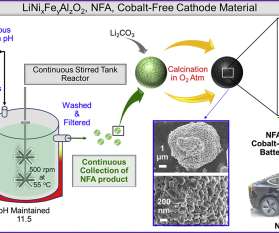

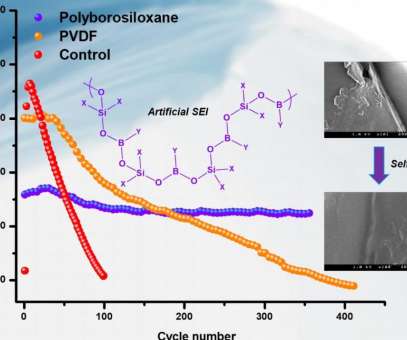
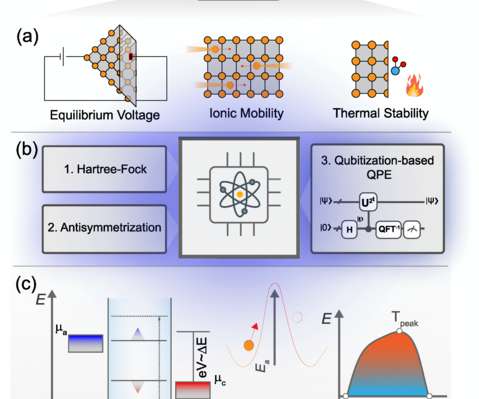

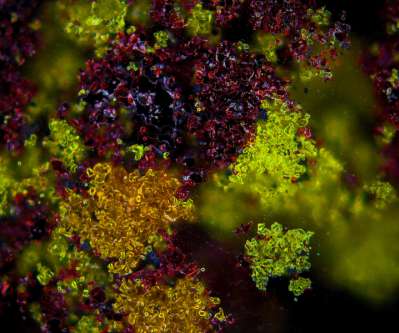
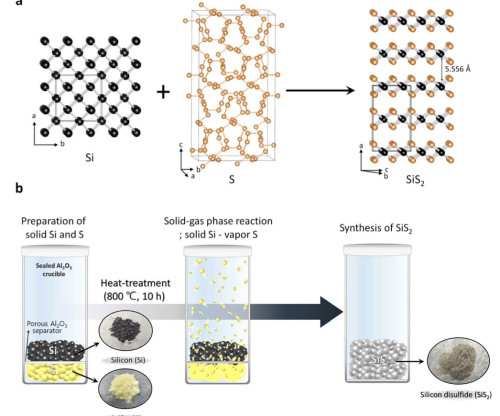





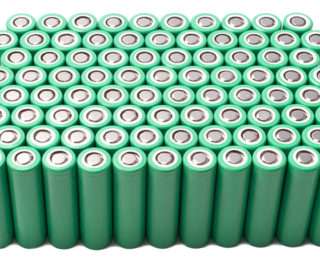

























Let's personalize your content